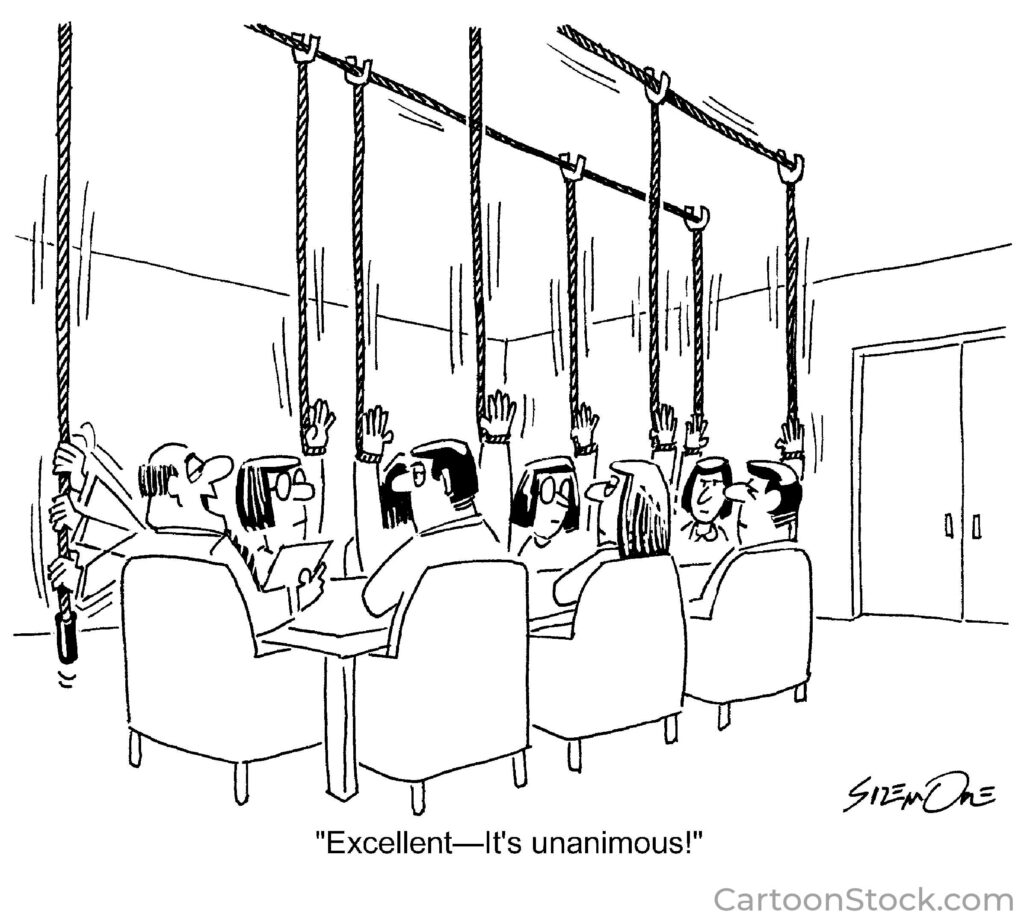
In a banal setting and at an inconvenient time, would people pause to observe transcendent beauty?
This is the question The Washington Post sought to answer when it commissioned Joshua Bell, one of the foremost violin players of our generation, to play in a Washington subway station during morning rush hour.
Dressed in a nondescript manner—jeans, T-shirt, and baseball cap—Bell opened up his case, took out his violin – called the Gibson ex Huberman, handcrafted in 1713 by Antonio Stradivari—and began to play magnificent music. He started with “Chaconne” from Bach’s Partita No. 2 in D minor. Some have called it the greatest piece of music ever written; others consider it one of the greatest achievements in history.
For 45 minutes one of the greatest living musicians, playing one of the greatest instruments ever made, played some of the greatest music ever written.
Did anyone stop to listen? It was all videotaped.
Eleven hundred people walked by; seven stopped to listen; 27 threw money into the open case for a total of $32. The night before, Bell had sold out Boston’s Symphony Hall where the cheapest seat goes for $100. He regularly earns $1,000 per minute for concerts.
Know this: We are always surrounded by transcendent beauty. We just don’t notice it. We’re too busy and distracted.
On a regular basis, have a Leonardo da Vinci Moment. Da Vinci, the great Renaissance artist, encouraged people to pause during the day and absorb the moment through all five senses: What do you see, hear, smell, feel, and taste? Don’t think about the past or the future; enjoy the now. After you’ve taken deeply of the moment add to the experience by reciting several things for which you are grateful: the joy of being alive, friendships, beauty, a cup of coffee.
If we don’t slow down and “hear the music” our lives will become tedious, mundane, and monotonous. But if we take time for these moments (and they don’t take a lot of time), they will accumulate and deeply benefit our lives.
A must-read article by David Brooks – How Do You Serve A Friend in Despair? Most of us know of a family member or friend who suffers from major depression. I do. And I’ve always struggled with how to help them. In this article, published February 12, 2023 in the New York Times, David Brooks presents the most succinct, insightful reflections I’ve ever seen on this topic.



